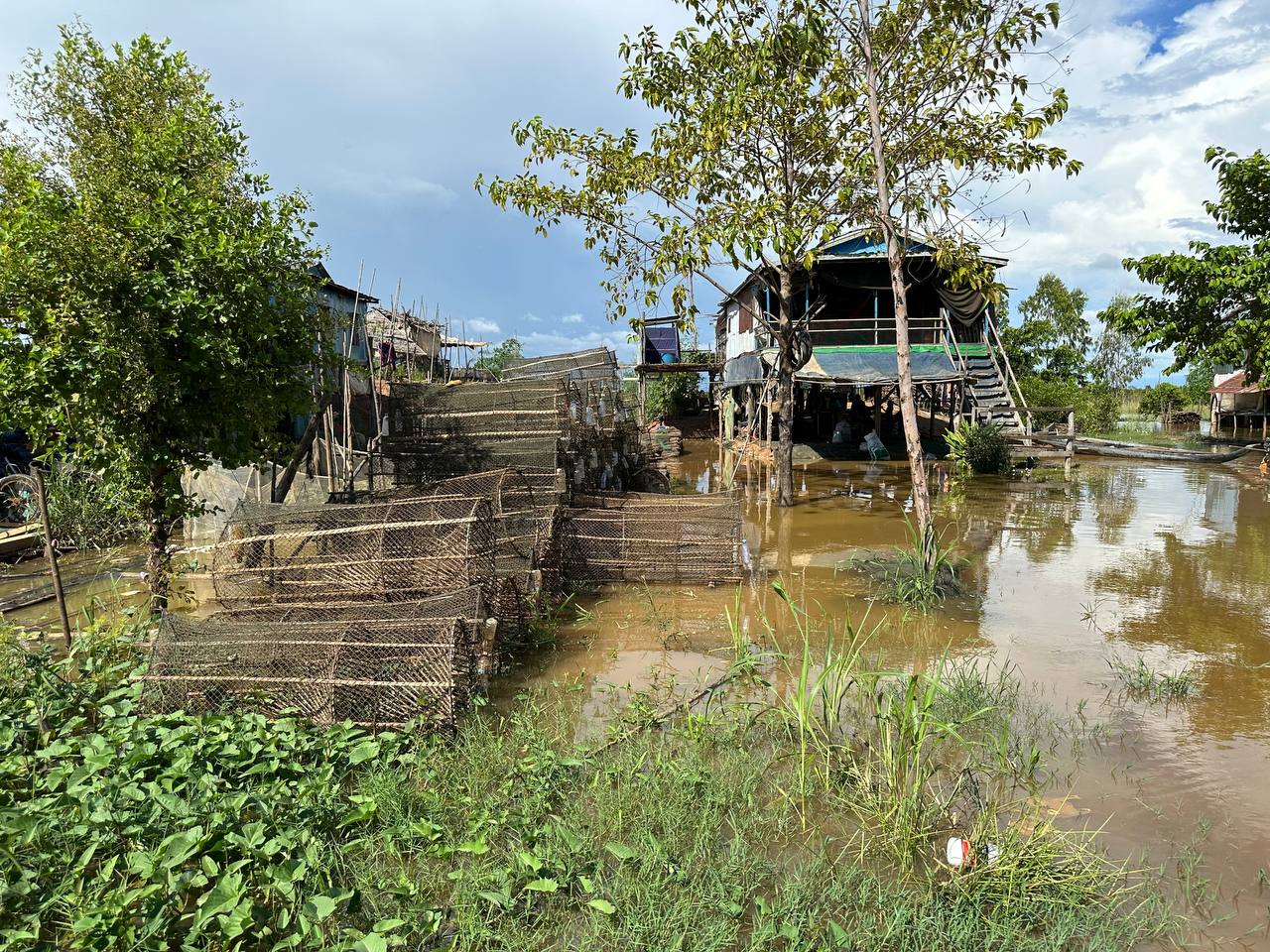Community Fisheries Data Portal (CFi)
Historically, much of the fishing areas of Cambodia were “fishing lots”, zones that were auctioned to the private sector. Because of the increasing tension between the fishing lot operators and relatively poor fishers, there was a reform process that started in 2000. In that process the lots were made available to local communities along with some fisheries management powers and responsibilities. Over the past two decades, Cambodia has embarked on the transformation of fisheries governance from state controlled to co-management arrangements with communities. Since the early 2000’s, 516 local communities have formed and registered as Community Fisheries (CFi) and have been increasingly tasked with a mandate to co-manage important fisheries resources, including conservation areas.
Community fFisheries management, ensures that local fisheries resources are managed for sustainable exploitation. Establishing Community Fishery fisheries areas, has been a major activity to promote establishment of fisheries co-management approaches. The Fisheries Administration (FiA) has established 475 inland and 41 Marine CFis, most of which are now officially registered. Developing and implementing improved community fishing area management plans (CFiAMPs) in Community Fisheries is recognized as an important tool for managing fisheries resources at the local level. Financial support under a small-grant initiative has been implemented since 2021, with technical support on re-elections, management, enforcement and accounting provided by both FiA, FiAC, with technical support by FAO CAPFISH, as well as by NGOs.
Data collection on various aspects of CFIs, membership, fisheries resources and exploitation, management activities, sources of funding, etc… is undertaken by the Fisheries Administration (FiA). The Community Fisheries Development Department (CFDD) is responsible for the CFi data. Information about Community Fisheries organisations are not updated regularly, with data collection largely project driven and infrequent depending on scarce funding. The Danish International Development Agency (DANIDA) provided funding from 2004-2009, with data collection largely ceased since then except from local data collection by some provinces. CFDD resumed data collection, targeting 270 CFi in 2018 (out of a total of 516), followed by a Community Fisheries effectiveness survey during 2021-2022 and a CFi inventory during 2023, targeting almost 400 Community Fisheries.
In order for all available data and information to be accessible and available, FAO CAPFISH Capture supported the development of electronic data collection tools, using Kobo Toolbox and the development of a database to support digitisation of the 2018 CFi data, with development of the database done by Open Development Cambodia (ODC). During 2023, this was developed further by ODC and converted and expanded into a fully on-line database, under technical support by FAO CAPFISH Capture. The FiA Community Fisheries Data Portal provides the location and outline of the CFi area on a map-based interface to access information on the size of the area, membership and status, alongside a large number of data points for individual Community Fisheries, collected during various surveys over the past few years. Available data sets for download are indicated for individual CFis, additional data sets can be added to be shared with all end-users. The data portal is meant to be a collaborative tool and will be developed further, based on feedback by end users. This information can be used to identify and prioritise support for Community Fisheries and provide an insight in the role and importance of Community Fisheries groups for promoting sustainable fisheries and enhancing community participation in resource management.

